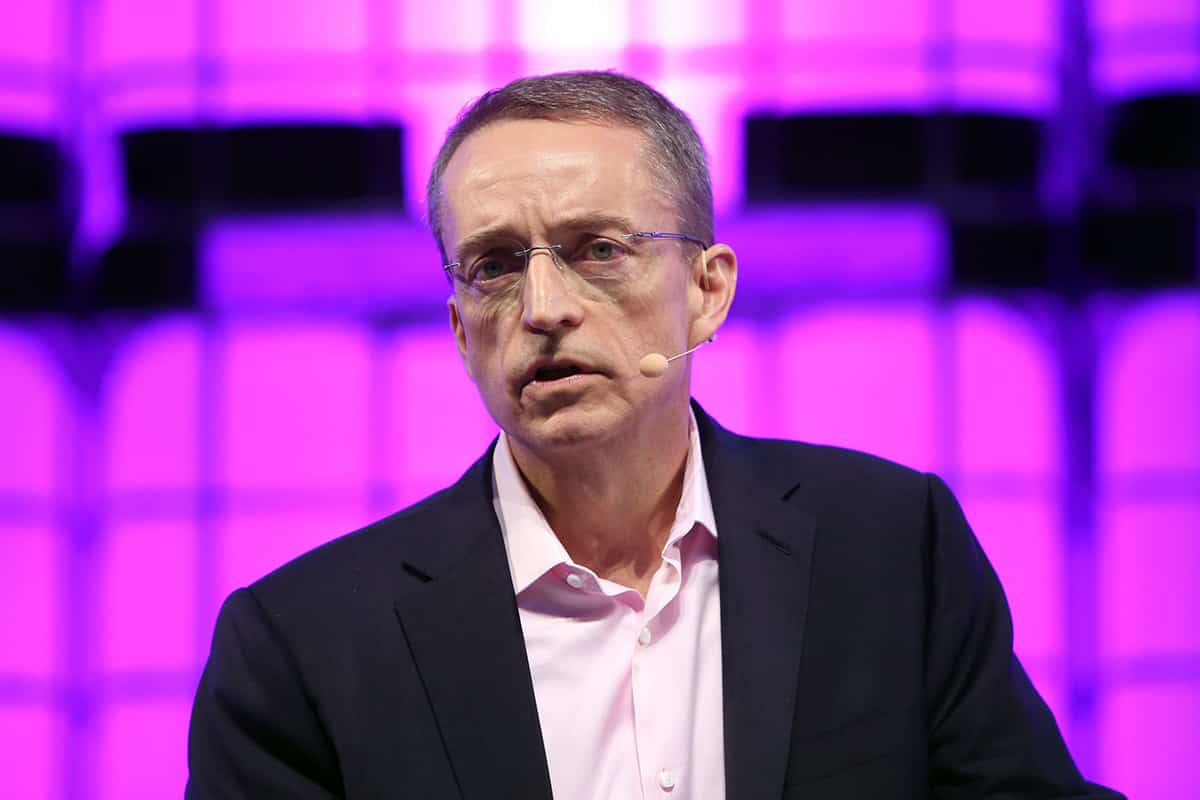The company and its new CEOPat Gelsinger have some kinks to iron out.

Pat Gelsinger takes over this month as CEO of Intel, where his first order of business will be to help the company complete its journey from a manufacturer of central processing units, or CPUs, to providing a mix of architectures that Intel calls “XPUs.”
An XPU is a complete cross-architecture computing solution across all major chip types, all tied together in a single application programming interface, assigning each task to whichever chip is best suited to process it. Intel is betting that the XPU will be a key component of next-generation technologies that require efficient graphics, media, artificial intelligence (AI), memory, security and networking.
The company and its new leader have some kinks to iron out first. Serious lags in Intel’s manufacturing processes caused it to fall behind Taiwanese rival TSMC, leading to rumors it might outsource chipmaking to focus on chip design. Following Intel’s fourth quarter results call with analysts, however, Gelsinger hinted at a more hybrid approach: “The majority will be [manufactured] internally, but we will be increasing the use of our foundry capabilities as well.”
High-performance chip competition from ARM, Advanced Micro Devices and NVIDIA threatens Intel, which is hoping that Gelsinger—formerly its CTO and later head of software maker VMware—will bring greater innovation and help it regain market share in a changing environment.
“Intel’s biggest challenge is to improve its execution of its ‘leading edge’ manufacturing as it has fallen behind TSMC and Samsung,” says Patrick Moorhead, analyst at Moor Insights and Strategy. “It also needs to drive adoption of its new Habanera machine-learning training chip, Habana, to better compete with NVIDIA.”
The market for deep-learning chipsets is predicted to burgeon from $6.6 billion in 2018 to $91.2 billion by 2025, according to market research firm, Valuates Reports. NVIDIA is the market-leading producer of graphics processing units optimized for training AI and deep-learning models that can process multiple computations simultaneously.
But Intel is already beginning to cut into NVIDIA’s lead. In December, Intel announced that Habana’s Gaudi processors will power Amazon Web Services’ Amazon Elastic Compute Cloud for machine learning workload, rewarding Intel’s 2019 acquisition of Habana.



